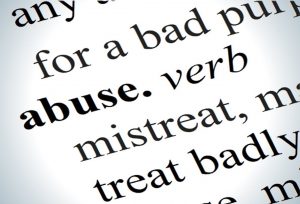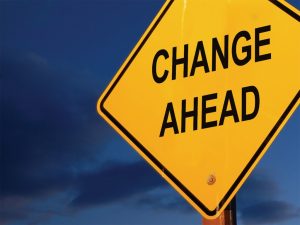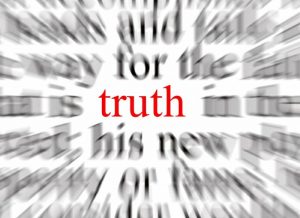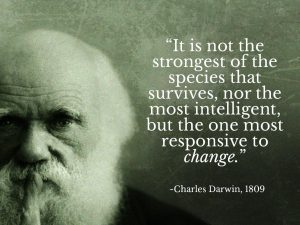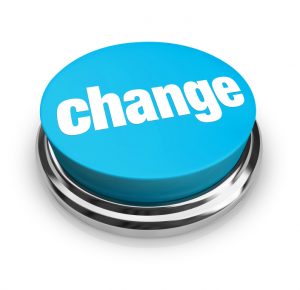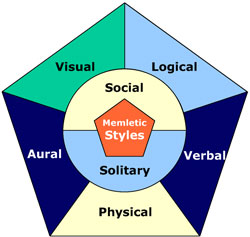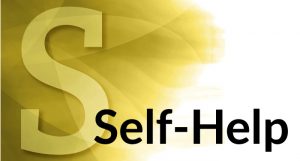 To be Human is to have experienced Abuse.
To be Human is to have experienced Abuse.
Whether Victim or Protagonist all our lives are touched by Abuse.
Regardless of our cultures or demographic we have witnessed or experienced its barbs albeit to greater or lesser extent; it occurs as either Mental, Physical Harm or Neglect.
By Classical DEFINITION: Abuse – use (something) to bad effect or bad purpose; misuse.
With such blatantly common and prevalent presence, you would think we should all be well-versed and aware in our understanding of associated phenomena? Perhaps we might have been weaned with solid personal comprehension or at least received some basic formal education to affect our awareness and aid in self-protection? But none of this is true.
Rather Abuse is hidden, and events are often unspoken. The result is that social  mechanisms provide cover, allow perpetuation and can even effect escalation.
mechanisms provide cover, allow perpetuation and can even effect escalation.
As a Primer, consider these useful pointers regarding Abuse. These are SOME of its features about which everyone needs to (and should) be aware:
- The Susceptibility of a victim determines the extent to which they are affected by Abuse.
- Susceptibility is a greater or lesser product of an individual’s genetic makeup, intellect, culture, experience, position and the exposures that establish their personality.
- Damage from Abuse is not solely what is done to someone, but what is taken away.
- Dispensing Abuse is teaching abusiveness.
- Most Abuse is about Control. And Bad Behavior is rooted in Insecurity.
- Abuse crosses generations, touching close and distant acquaintances alike.
- Unimpeded Abusive Behavior normally becomes entrenched and often escalates.
- Chains of Abuse are best (and sometimes only) broken by profound dislocation and dissociation.
- Opportunity stimulates Abusive actions.
- Victims often Protect Abusers.
- Victims are not readily restored nor often made whole.
- Abuse is behavior or circumstance that diminishes quality of life or peace of mind for another, whether intentional or not.
- Abuse is sticky, being more likely reinforced to grow than fully removed.
None of these points (above) are expounded upon or explained by example. Their presentation is styled to afford reflection and personal awareness.
If you search your past there are instances of both Abuse and Abusiveness. Can you find yourself as both Protagonist and Victim? We each have our peccadillos, propensities and secrets.
The challenge is to recognize, accept and then act to achieve what your better part should wish for (both self and) all those people you affect.
Only the most determined efforts and meaningful breaks from established practice, habits and environments enable us to change things for the better.
Is there a path you would prefer?
Ian R. Mackintosh is the author of Empower Your Inner Manager Twitter@ianrmackintosh.

